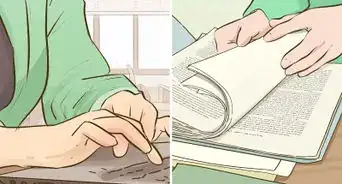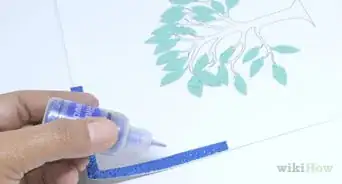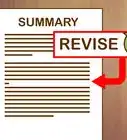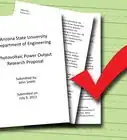wikiHow is a “wiki,” similar to Wikipedia, which means that many of our articles are co-written by multiple authors. To create this article, volunteer authors worked to edit and improve it over time.
This article has been viewed 39,529 times.
Learn more...
When you are assigned a research paper, the first thing you need to do is come up with a topic. A research paper is just an essay where you dive deep into a subject. You’ll need to back your claims up with sources, and establish an argument if it’s required for the assignment. But what should you choose to research? In most cases, choosing a topic boils down to finding something you’re interested in that’s appropriate for the assignment. If you want to learn more about how to pick a good research topic, you’re in the right place!
Steps
Coming Up With Ideas
-
1Do some background reading. To generate a topic for a research paper, you have to do a little reading first. If your class is reading an introductory book, you can get an idea of what you like. If not, you can read one on your own. Browse it until you find something that catches your attention.
- Read as much as you can. At this stage, it’s okay to use search engines and sites like Wikipedia. They will give you enough information to figure out if you like a topic.
-
2Start narrowing down your area. Once you have completed your reading, it's time to start narrowing down your areas of interest. You can do this by picking a topic that you like, then delving deeper and deeper into that topic until you find something worth writing about.[1]
- For example, if your class is "Introduction to Psychology", you could narrow down your area to behavioral psychology, based on your reading.
- Once you've established a general area of interest, you can start narrowing your area even further. For example, within the field of behavioral psychology, you may decide to focus only on the work of B. F. Skinner.
- Make a list of all the things that interest you within your narrowed topic. Maybe you find classical conditioning interesting, or perhaps you find a particular experiment fascinating.
Advertisement -
3Make a bubble map to help with the idea-generating process. Take out a blank sheet of paper. Draw your main idea in a bubble in the middle of the paper. Draw a line going off the main idea, then make another bubble. In that bubble, put something related to the main idea that you find interesting.
- Keep drawing bubbles and adding additional ideas. Sometimes, you will add your ideas on to secondary bubbles instead of the main one. You can keep expanding an idea out. In fact, it’s a good idea to focus on an idea that continues to branch off the main one if you find it interesting.
- For example, in your main bubble you might put “B. F. Skinner and Behavioral Psychology.” Then in one secondary bubble, you might put "the principle of reinforcement", while in another you put "radical behaviorism".
-
4Keep adding ideas to the bubble map. Keep working on the bubble map, even when you think you’re done. If you push yourself to keep thinking and writing, then you’ll continue to come up with interesting ideas. The more ideas you come up with, the greater the chance that you will come up with an excellent research idea.
- Once you’re at a point where you don’t want to add anything else, look at the thought-bubble map as a whole. What areas are especially developed? What areas do you find the most interesting? Can any of the areas be combined to make an interesting topic?
- Circle the ideas that seem to work the best for you. Just be careful not to choose a topic that is too broad, as you might be overwhelmed with information and find it hard to find a focus for your paper.[2]
Researching Your Idea
-
1Begin researching the main ideas on your bubble map. Unlike the reading stage, you should start reading some more serious works. Look at books in the library.[3]
-
2Get an idea of the research in the field. Check databases for more specific articles. Don’t just Google the topic, or search for it in Wikipedia.
- Most major libraries have databases you can use. You will need a library card to access them; some even require that you be in the library to use them.
- However, databases like EBSCOhost have many smaller databases that you can search; which ones are included depends on what your library pays for.
-
3Use keywords to find articles related to your topic. Research libraries will often include databases on every topic, from business to humanities to psychology. In the advanced search, you can choose which ones you search, so pick one relevant to your topic. You will get academic articles in return for your search. Be sure to try different sets of keywords; you never know which set will bring up the results you want.
-
4Take notes and use them to choose your topic. When you take notes, you can begin to see where different authors reference each other and where different ideas come together. Pick one of those intersections as your topic. Continue to research it until you can develop it into a paper.
-
5Try to look at your chosen topic in an original way. If you’re in high school or an undergraduate, your topic doesn't necessarily need to be original, as your professors will mainly be wanting to see if you can develop a theme throughout the paper. However, in graduate school, your topic should be more original.
- It should be something that hasn't been covered a hundred times by someone else, so be careful when picking out your research topic. You should get an idea of what has already been covered as you research to help you choose something original.
- For instance, there’s likely been a good number of articles written on B.F. Skinner’s behavioral psychology, but your idea can be different in how you apply it. Maybe you want to apply it to a piece of literature or maybe you want to look at it in relation to current pop culture. The application of it can be original.
-
6Choose a topic that you enjoy. Also, make sure your topic is something you enjoy, as you’re going to be spending some time working on it. You don’t want to be researching a topic you hate, as that dislike and disinterest will show up in your essay.[4]
- For more information on writing a good research paper, see this article. Also see Start a Research Paper.
References
About This Article
Before you can generate the best research topic, do some background reading in your topic area so you can narrow down what interests you. Then, create a bubble map with your main idea in the center and related ideas branching off to get more specific and help guide your research from here. These smaller bubbles will help you hone in on what to take notes on as you read more serious books and articles about the topic. Keep reading for tips on how to use online databases to make your idea as original as possible!



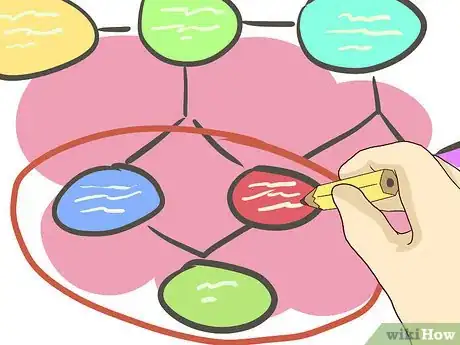



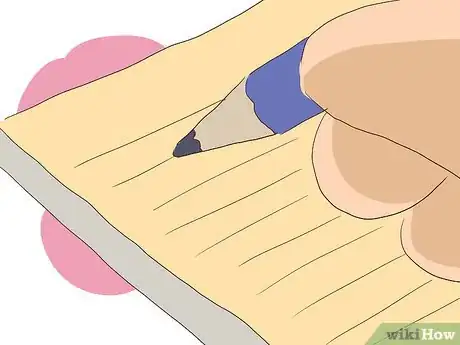





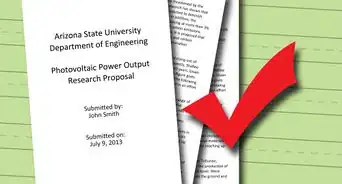
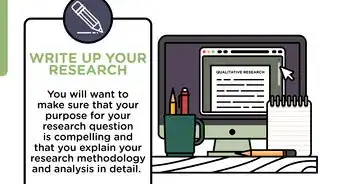

-Step-17.webp)


